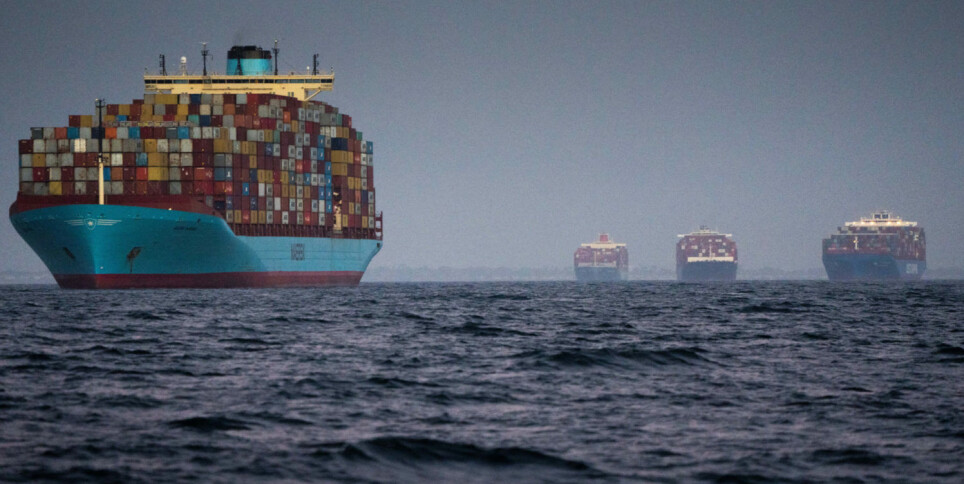THIS ARTICLE/PRESS RELEASE IS PAID FOR AND PRESENTED BY SINTEF - read more

How does the chain of suppliers impact on a company’s climate footprint?
Researchers at SINTEF have looked at a new method of detecting indirect corporate emissions.
As part of its climate change mitigation strategy, the EU is preparing a new directive to regulate corporate sustainability reporting. Meanwhile, the Norwegian government has determined that all companies in the state portfolio now have a duty to report annually on their direct and indirect greenhouse gas emissions.
This will require skills development within an entirely new discipline, involving an approach to climate accounting that encompasses the entire value chain by which an end-product is produced, including across national boundaries.
“Providing assistance in connection with sustainability reporting is in the process of becoming an entirely new business in itself, and Norway has great opportunities to make a contribution,” senior research scientist Ulf Johansen says. He has recently established himself as an entrepreneur in this new, climate-related business segment.
A research-based approach
Johansen has just recently founded the company MoreScope with the support of his former employer SINTEF. MoreScope’s aim is to assist businesses with their climate and sustainability reporting.
“No chain is stronger, or indeed greener, than its weakest link,” says Johansen. “A horde of contractors and sub-suppliers all make a contribution to any given product’s climate footprint. But only very few companies have the skills in-house to calculate the size of these various contributions. It is here that MoreScope sees an opportunity."
Moving boundaries
MoreScope is a start-up company that makes use of economic models and relevant environmental datasets that have taken SINTEF and NTNU decades to develop, and for which both organisations have harvested much recognition.
“While SINTEF has employed an applied user perspective in this field, NTNU has been moving the research front forward. MoreScope has its roots in this collective know-how,” Johansen says.
The core of the economic models is based on so-called input-output analysis. This is a well-known approach that in various ways quantifies all exchange of goods and services between different countries and commercial sectors.
“Thanks to the research carried out here in Trondheim, the quantification of the climate-related and sustainability impacts of activities throughout our global value chains is becoming something of a Norwegian specialty,” Johansen says.
Supplier of new insights
According to Johansen, a key factor in the establishment of MoreScope is that it is no longer acceptable for a company to make undocumented claims about the sustainability associated with a given product.
“Such claims have to be firmly based in data and a methodology that is testable and transparent,” Johansen says. “Our task is to make such tools accessible to companies across all corporate sectors. We’re immodest enough to claim that we believe we can supply new insights."
In the first instance, MoreScope is aiming to attract Norwegian clients.
“However, we strongly believe that the know-how we offer will also be of interest to a growing global market in sustainability reporting,” Johansen says.
See more content from SINTEF:
-
Fresh hope for patients with chronic inflammatory bowel disease
-
Testing a giant ship: May take five kilometres to stop
-
A robot is helping researchers hunt for the best cancer warriors
-
Locomotives that run on diesel can be electrified
-
Where kelp is being turned into lab-grown meat
-
Immediate action is a key factor for successful restoration of marine habitats





































